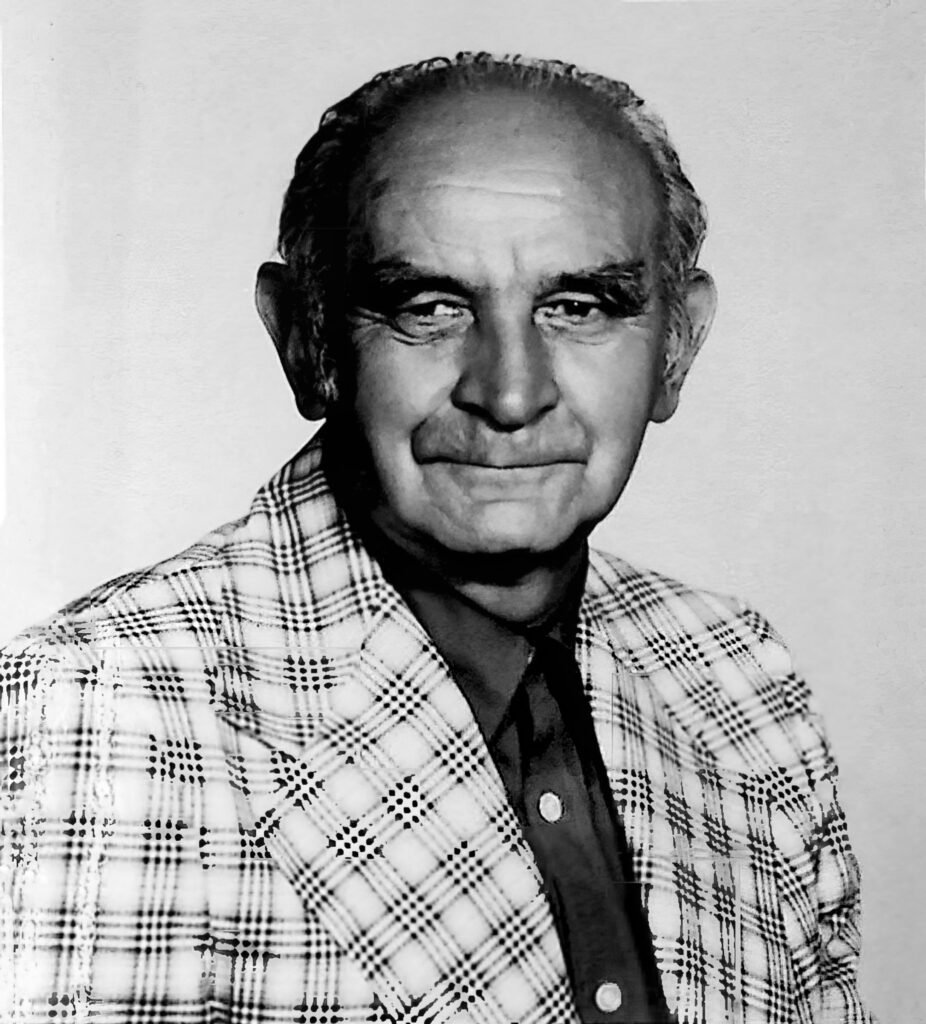
Richard Rausch
The composer who never heard his own music
Richard Ludwig Rausch (born 19 Nov 1908, Munich, Germany; died 7 June 2002,
Huntsville, Alabama, U.S.A.) German-American composer.
Rausch completed Abitur at the Maximilians Gymnasium in Munich. He then studied civil engineering at the University of Munich with four additional years of study at the Trapp Conservatory of Music in Munich (which became the Richard Strauss Conservatory and later folded into the Hochschule für Musik und Theater München). You can read more about his life journey and musical development in his autobiography in German or English.
Rauch’s early works show the eclectic variety of German influences one might expect of a music student living in Munich. Works such as the Bläser Sextett (1929), the Tragische Ouvertüre (1935), and the Sinfonie in Drei Sätzen (1936) show formative signs of his distinctive language to come but lack the economy and technical proficiency that define his mature compositional style. Those traits came fully formed in his 1937 Klavierstück. Sadly, he was conscripted into the war effort that same year and eventually landed in a P.O.W. camp in Wooler, Northumberland, England. His newly found voice was silenced until his release nine years later in 1946.
After the war he settled for a short time in his wife Anny’s birthplace in Tannenwirtshaus, a remote village in Oberfranken near Bayreuth. He used his time in this rural environment to recover from the war’s emotional wounds and to heal his soul by writing music again. Still, he yearned to return to his beloved Munich and to get work to support his family.
Due to his excellent English, Rausch obtained employment as a project engineer with the U.S. Air Force in Neubiberg. Despite family duties, he was able to find time to compose. Continuing where he left off with the Klavierstück, his works from this time on display economy, precision, and his own methods of skirting traditional tonality without resorting to the atonality then prevalent in Europe. Some works such as the Sonate für Violine und Klavier (1947) and the Serenade für Streicher und Bläser (1947) show influences of Hindemith while still maintaining Rausch’s newly found voice.
Work duties caused a second compositional lacuna from 1951-1956, but it is evident that Rausch kept abreast of current musical trends, as his scores from 1956-1958 are heavily influenced by the pervasive New Viennese School. His works from this time, Music for Piano (1957) and the Streichquartett (1958), for example, show a desire to integrate this new sound into his personal style. Though he shows a proficiency for this style, the influence all but obscures his own voice.
In 1958 Rausch and his family immigrated to the United States and settled in Huntsville, Alabama, where he secured a job with the U.S. Army as a structural engineer. His musical outlet at that time was as a violinist in the Huntsville Orchestra, a position he held for 18 years. Friendships he made by his participation in the orchestra and in a Catholic church choir proved crucial in his securing a job. As it turns out, these friends held high positions at NASA and made it possible for him to become a government employee despite not being a U.S. citizen. This period began a seventeen-year break from composing music as he worked to build a new life.
After retirement from the government in 1975, Rausch showed an autumnal burst of creativity that lasted four years. During this time, he penned his most idiosyncratic, mature, and expressive works including the Five Poems for Orchestra (1977) and the Music for Violin and Piano (1976).
Rausch wrote an impressive amount of music despite three compositional hiatuses totaling thirty-two years. In all, he wrote over 50 compositions with an emphasis on chamber and orchestral music. He also wrote for piano and organ as well as a wind sextet and one song cycle. He died in 2002 at the age of 94, having never heard more than a handful of his own compositions performed.